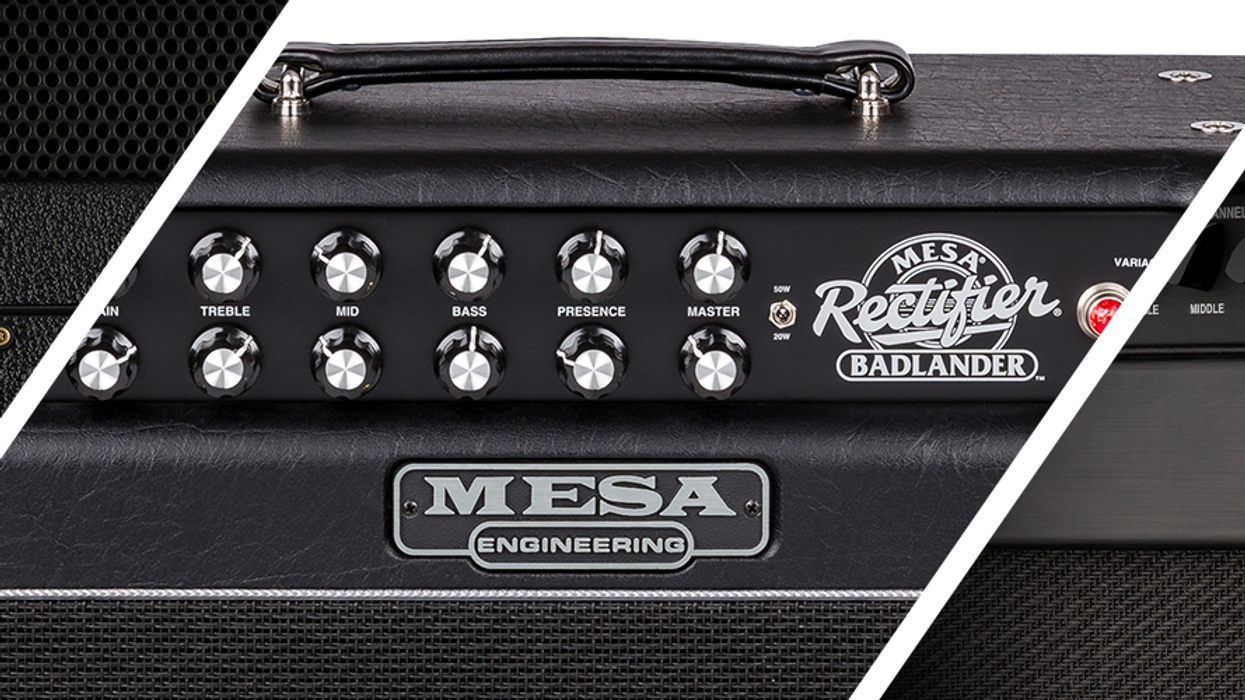In the vast galaxy of used and vintage Gibson Les Paul models, no star is rising quite like that of the Les Paul Custom. The eternally slick variant—which debuted in its original Black Beauty form in 1954—has been in a certain vogue over the past several years, and prices on used and vintage examples have gone up. For context, average Reverb sale prices on used or vintage Gibson Les Paul Customs increased about 10 percent in 2020 compared to 2019 and have risen nearly 30 percent since 2017. This pattern plays out with Epiphones as well, where Les Paul Custom models have gone up by about 24 percent over the past four years. Comparatively, prices on all used and vintage Gibson Les Paul Standards remained more or less flat over this same time span.
Within this general rising tide of Les Paul Custom popularity and value, today's focal model, the silverburst Les Paul Custom, has seen an even more pronounced jump. These guitars were produced by Gibson starting in 1978 in very limited numbers and underwent a few spec changes before being discontinued in the mid-'80s. Sale prices on this specific group of guitars surged 28 percent in 2020 over 2019, with a 52 percent increase in prices since 2017. Just a few years ago, original silverburst Customs were selling comfortably in the $3,000 to $5,000 range. Today, we're seeing the best examples go for more than double that.
The basic configuration of the single-cutaway Les Paul has remained no nonsense for more than 60 years, with two pickups, four dials, a 3-way toggle, and a Tune-o-matic bridge at its core.
While there are always a variety of drivers behind such a jump in the pricing of a vintage collectible guitar, an artist or stylistic association is certainly part of the equation. Customs claim a certain reputation as metal guitars—think Metallica, Mastodon, and Zakk Wylde—and while plenty of classic-rock titans have employed them over the years, it could be that there are more metal and hard-rock fans getting into the vintage market than in previous periods, driving up prices. For this group, a dapper Les Paul Custom makes a lot more sense as a guitar splurge than something like a sunburst or goldtop Standard.
With no belt rash or other notable dings or scrapes on the back of its mahogany body, this guitar was handled with care. Note the well-defined back binding and lack of chipping along the edges, too.
This column's featured guitar is an original 1979 in very good vintage condition, listed on Reverb by Nationwide Guitars of Cumberland, Maryland, at $8,999 as we go to press. It sports the specs typical of its year and model: a 3-piece maple top with a mahogany body, a medium C-shape maple neck, an ebony fretboard with white binding, a bone nut, mother-of-peal block inlays, a Tune-o-matic bridge, a pair of humbuckers, a 3-way pickup selector, and a black version of the usual Les Paul dual volume and tone controls. Note that the finish shows some greening, which is typical of vintage silverbursts.
True to its roots, this Custom sports a larger headstock, which identifies it as a product of the era when Gibson was owned by the Norlin Corporation.
In the case of this month's silverburst, we can confidently point to the 2020 launch of a Custom Shop reissue of Adam Jones of Tool's trusty '79 as the culprit. This sort of high-profile reissue often has the effect of spurring collector interest in its vintage counterpart, and this can be even more of a factor when the new reissues are sold at prices that are similar to or higher than the originals, which is the case with this model. The Adam Jones 1979 Les Paul Custom VOS was also teased for a long while before going into production, creating more sustained silverburst hype, and this publicity was only amplified by news of a batch of these guitars being stolen this past November. While our guitar has some of the aforementioned finish greening in its center silver section, it's retained its original silverburst glow better than many of its brethren, which is appealing to collectors and players alike.


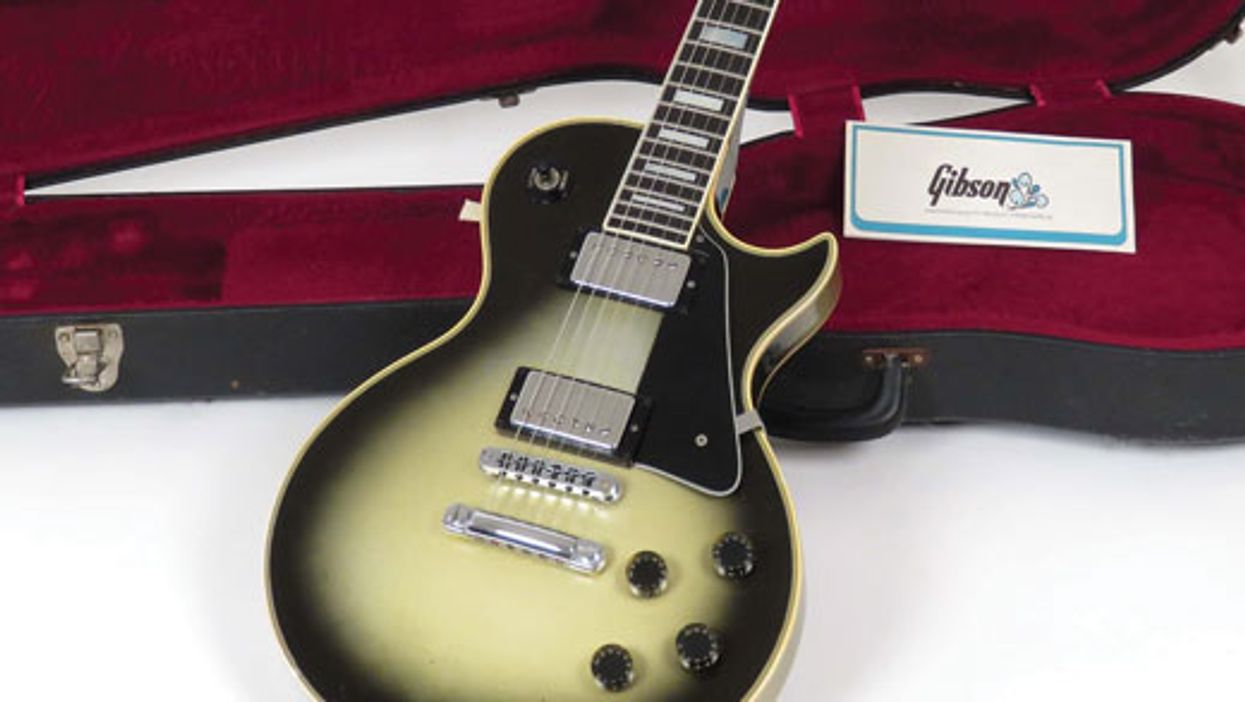

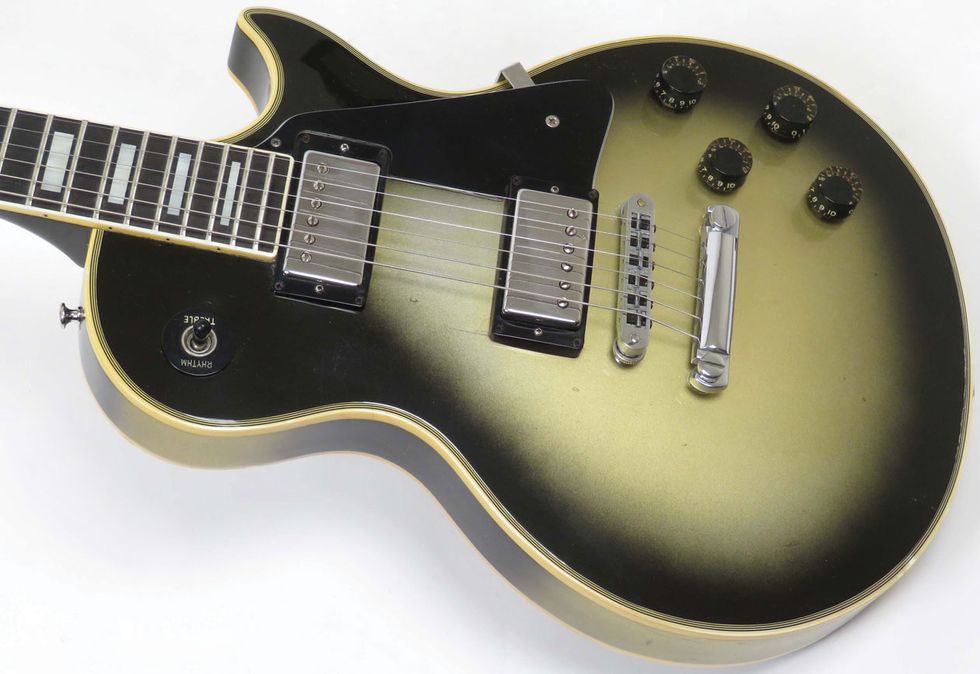
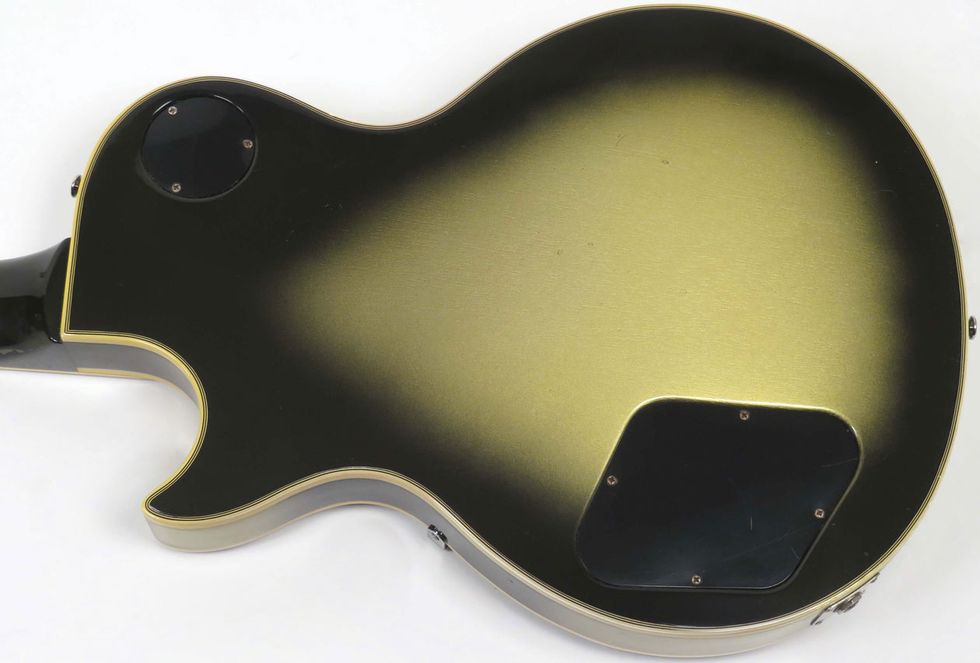
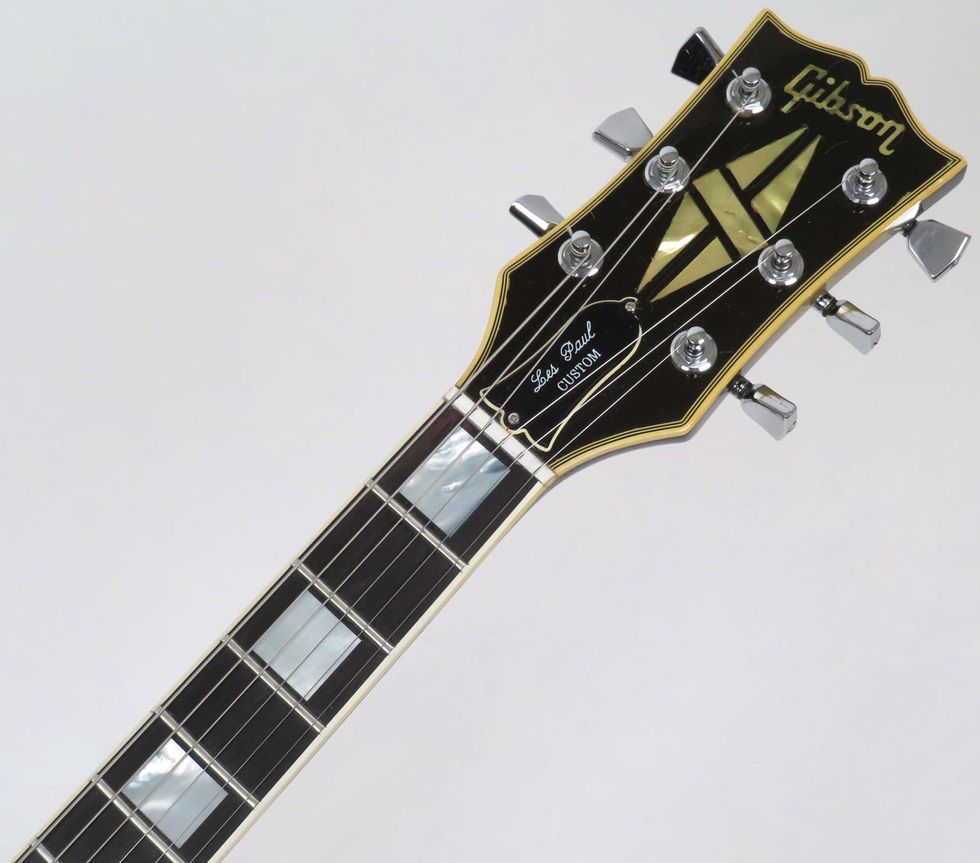




![Rig Rundown: Russian Circles’ Mike Sullivan [2025]](https://www.premierguitar.com/media-library/youtube.jpg?id=62303631&width=1245&height=700&quality=70&coordinates=0%2C0%2C0%2C0)











